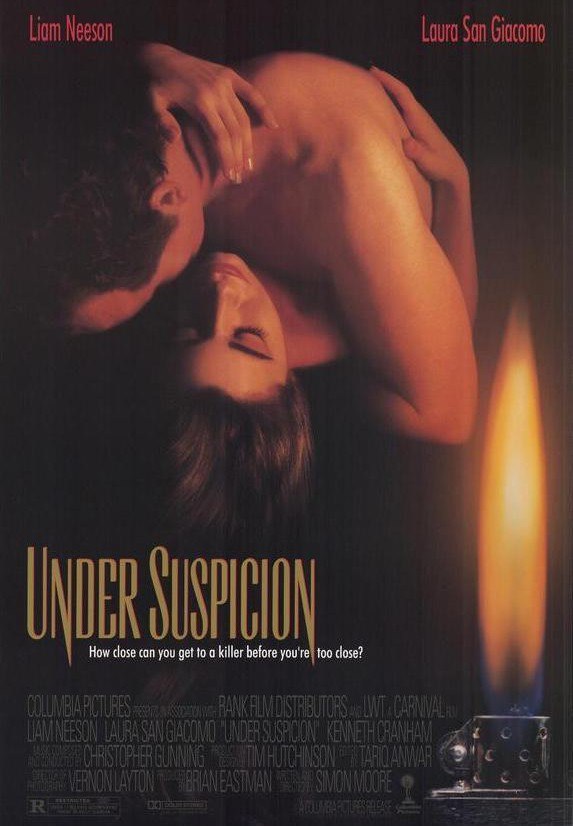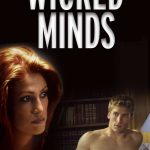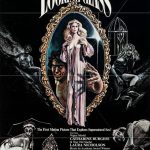Under Suspicion (1991)
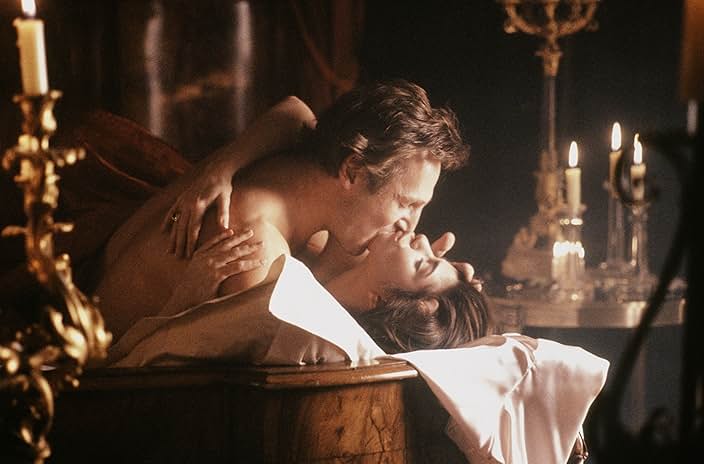
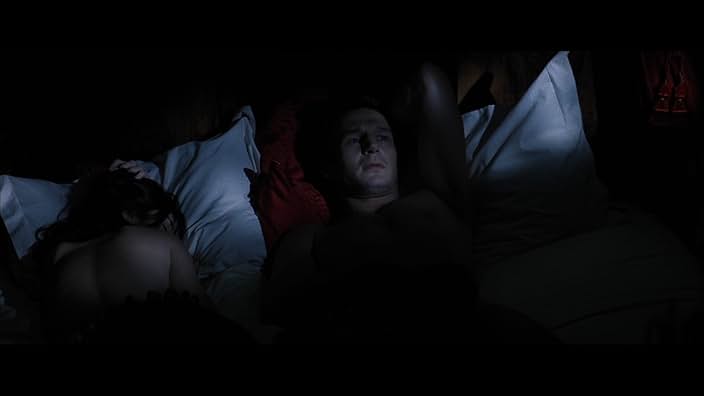

Under Suspicion (1991), a British neo-noir thriller directed by Simon Moore and starring Liam Neeson, Laura San Giacomo, and Kenneth Cranham. The review is written to exceed 2000 words, avoiding sexual language as requested, and focuses on the film’s themes, performances, direction, cinematography, and overall impact. I aim to provide a comprehensive analysis while keeping the tone engaging and respectful of the user’s preferences.
A Tangled Web of Trust and Deception: A Review of Under Suspicion (1991)
In the moody, fog-drenched streets of 1950s Brighton, Under Suspicion (1991) unfolds as a neo-noir thriller that weaves a complex tapestry of mystery, betrayal, and moral ambiguity. Directed and written by Simon Moore, this British film stars Liam Neeson as Tony Aaron, a disgraced ex-cop turned private investigator navigating a world where truth is slippery and loyalties are tested. With a runtime of 99 minutes, the film attempts to revive the gritty allure of classic film noir while infusing it with a distinctly British sensibility. Though it has its flaws—most notably a third act that stretches believability—Under Suspicion remains a compelling, atmospheric dive into the shadows of human nature, bolstered by strong performances and a vivid sense of place.
Setting the Scene: Brighton as a Character
From its opening frames, Under Suspicion establishes Brighton, England, in the late 1950s as more than a mere backdrop—it’s a living, breathing character in its own right. The seaside town, with its faded grandeur and windswept piers, mirrors the tarnished dreams of the film’s protagonists. Cinematographer Vernon Layton captures the city in muted tones, where gray skies and rain-slicked cobblestones evoke a sense of melancholy and entrapment. The West Pier, a recurring visual motif, stands as a decaying symbol of better days, much like Tony Aaron himself. This period setting is meticulously crafted, with details like vintage cars, fedoras, and rotary phones grounding the viewer in a time when societal norms were rigid, and the specter of the death penalty loomed large.
Brighton’s duality—its surface charm masking a seedy underbelly—parallels the film’s thematic exploration of appearances versus reality. By day, the town is a bustling resort destination; by night, it’s a playground for shady deals and whispered secrets. Moore’s decision to root the story in this specific locale gives Under Suspicion a unique flavor, distinguishing it from the urban sprawl of American noir cities like Los Angeles or New York. The film’s use of real locations, including the Portmeirion Hotel (standing in for a wealthy artist’s mansion), adds authenticity and a touch of visual splendor to the otherwise grim proceedings.
Plot Overview: A Puzzle of Motives
Without delving into spoilers, the story follows Tony Aaron (Liam Neeson), a former police officer who resigned in disgrace after a scandal involving an affair. Two years later, in 1959, he scrapes by as a private detective, specializing in divorce cases that exploit Britain’s strict adultery-based divorce laws. His work involves staging compromising photographs with his wife, Hazel (Maggie O’Neill), to provide clients with grounds for separation. When a routine job goes horribly wrong, resulting in a double murder, Tony finds himself entangled in a web of suspicion. The investigation, led by his former colleague Frank (Kenneth Cranham), pulls in other key figures, including Angeline (Laura San Giacomo), a mysterious American, and Selina (Alphonsia Emmanuel), a woman with her own stake in the unfolding drama.
The plot is a labyrinth of twists and turns, designed to keep viewers guessing about who can be trusted. Moore structures the narrative like a classic whodunit, with red herrings and revelations peppered throughout. The stakes are heightened by the era’s legal context—divorce was a bureaucratic nightmare, and capital punishment was still in effect, lending urgency to the race to uncover the truth. While the film’s pacing is generally brisk, it occasionally stumbles in the final act, where some plot contrivances strain credulity. Nevertheless, the story’s core question—who is guilty, and why?—remains engaging until the closing moments.
Liam Neeson’s Towering Presence
At the heart of Under Suspicion is Liam Neeson’s portrayal of Tony Aaron, a performance that earned him Best Actor at the 1992 Festival du Film Policier de Cognac. Neeson, still a few years shy of global stardom with Schindler’s List (1993), brings a raw, charismatic intensity to the role. Tony is a deeply flawed man—cynical, debt-ridden, and haunted by past mistakes—yet Neeson imbues him with a weary charm that makes him oddly sympathetic. His towering physical presence contrasts with his emotional vulnerability, creating a character who feels both larger-than-life and painfully human.
Neeson excels at conveying Tony’s internal conflict. He’s a man caught between his desire for redemption and the temptations of his baser instincts, navigating a moral gray zone where right and wrong blur. His interactions with other characters—whether sparring with Frank or grappling with Angeline’s enigmatic allure—reveal layers of guilt, defiance, and quiet desperation. Neeson’s ability to anchor the film, even when the script falters, is a testament to his skill. He makes Tony a noir archetype—the flawed detective—while avoiding caricature, grounding the character in genuine emotion.
Supporting Cast: A Gallery of Intriguing Figures
The ensemble around Neeson is equally compelling, each actor bringing depth to their role. Laura San Giacomo’s Angeline is a pivotal figure, her American accent and guarded demeanor setting her apart in the insular world of Brighton. San Giacomo plays her with a mix of vulnerability and calculation, keeping viewers uncertain about her motives. While some critics have found her performance uneven, arguing she doesn’t fully embody the classic femme fatale, her chemistry with Neeson adds an electric undercurrent to their scenes.
Kenneth Cranham delivers a standout performance as Frank, Tony’s loyal ex-partner and the investigating officer. Cranham’s portrayal is understated yet powerful, capturing Frank’s torn allegiance between duty and friendship. His weathered face and measured delivery convey a man burdened by the weight of his choices, making Frank a grounding force amid the film’s more sensational elements. Maggie O’Neill, as Hazel, has a smaller but impactful role, her brief screen time leaving a lingering impression of a woman caught in her husband’s schemes. Alphonsia Emmanuel’s Selina is another highlight, her steely resolve and enigmatic presence adding intrigue to the mystery.
The supporting cast is rounded out by familiar British faces like Stephen Moore and Alex Norton, who bring authenticity to the period setting. Together, these performances create a rich tapestry of characters, each contributing to the film’s atmosphere of distrust and hidden agendas.
Direction and Writing: Moore’s Ambitious Debut
Simon Moore, making his feature directorial debut, shows a clear affection for the noir genre. His script channels the spirit of Raymond Chandler and Dashiell Hammett, with hard-boiled dialogue and a convoluted plot that keeps viewers on edge. Moore’s direction is confident, particularly in the film’s suspenseful set pieces, such as a tense sequence involving a race against time. He has a knack for staging scenes that maximize atmosphere, using shadows and tight framing to evoke claustrophobia and paranoia.
However, Moore’s inexperience shows in some areas. The script’s third act introduces twists that, while surprising, feel contrived and occasionally undermine the story’s internal logic. Some character motivations are left underdeveloped, and a few plot holes—such as implausible coincidences—may frustrate attentive viewers. Despite these missteps, Moore’s ambition is admirable. He crafts a film that feels both nostalgic and fresh, blending classic noir tropes with a distinctly British perspective on class, morality, and justice.
Cinematography and Visual Style
Vernon Layton’s cinematography is one of Under Suspicion’s strongest assets, transforming Brighton into a noir dreamscape. The film’s color palette leans heavily on grays, blues, and browns, with occasional splashes of warmth—like the golden glow of a hotel room or the stark white of a courtroom—used to striking effect. Layton’s use of low-angle shots and deep shadows pays homage to noir classics like The Third Man (1949), while his framing of Brighton’s architecture adds a sense of grandeur to the gritty narrative.
The film’s visual style is enhanced by its period details. Costumes, designed with meticulous care, reflect the era’s fashion—men in tailored suits and trench coats, women in elegant dresses and fur stoles. Production designer Tim Hutchinson deserves praise for creating sets that feel lived-in, from Tony’s cluttered office to the opulent interiors of a murdered artist’s mansion. These elements combine to immerse viewers in a world that feels both familiar and alien, a hallmark of effective noir storytelling.
Music and Sound Design
Christopher Gunning’s score is a subtle but effective component, blending jazzy undertones with orchestral flourishes to underscore the film’s mood. The music never overwhelms the action, instead complementing the tension and melancholy of key scenes. A recurring piano motif, delicate yet haunting, mirrors Tony’s inner turmoil, while brass accents heighten the suspense during pivotal moments.
The sound design is equally impressive, capturing the ambient textures of Brighton—the crash of waves, the hum of a seaside crowd, the creak of a pier’s wooden planks. These details ground the film in its setting, making the environment feel tangible and alive. Dialogue is crisp, with the actors’ voices carrying the weight of their emotions, whether in whispered confessions or heated confrontations.
Themes: Trust, Betrayal, and the Price of Truth
At its core, Under Suspicion is a meditation on trust and its fragility. The film explores how relationships—between friends, lovers, and colleagues—are tested by doubt and deception. Tony’s journey is one of navigating a world where no one is entirely honest, including himself. The story questions whether truth is worth pursuing when it comes at the cost of loyalty or personal redemption.
The film also touches on class and power dynamics, particularly in the context of 1950s Britain. Tony’s fall from respected officer to disreputable PI reflects the rigidity of social hierarchies, where one mistake can ruin a life. The contrast between Brighton’s affluent elite and its working-class underbelly underscores the tensions driving the plot. Additionally, the looming threat of capital punishment adds a moral weight to the investigation, forcing characters to confront the consequences of their actions.
Reception and Legacy
Upon its release, Under Suspicion received mixed reviews. Critics praised Neeson’s performance and the film’s atmosphere but were divided on its plot. The New York Times called it “taut and entertaining” but noted its reliance on “shameless contrivances”. On Rotten Tomatoes, it holds a 25% rating based on eight reviews, reflecting a polarized response. Some viewers found the twists thrilling, with one IMDb user describing it as “absolutely thrilling” and praising its suspense. Others felt the ending betrayed the story’s buildup, with a Letterboxd reviewer calling it “replacement level 90s thriller schlock”.
The film’s modest budget—reportedly around $6 million—limited its theatrical reach, and it remains a lesser-known entry in Neeson’s filmography. However, it has found a cult following among noir enthusiasts, particularly in the UK, where its Brighton setting resonates. Its availability on platforms like Prime Video has introduced it to new audiences, though some confusion persists due to its shared title with a 2000 thriller starring Gene Hackman and Morgan Freeman.
Strengths and Weaknesses
Under Suspicion shines in its performances, setting, and atmosphere. Neeson and Cranham are the film’s emotional anchors, their dynamic lending heart to an otherwise cynical story. The Brighton backdrop is a masterstroke, giving the film a distinctive identity. Moore’s direction, while imperfect, shows promise, and the film’s pacing keeps viewers engaged for much of its runtime.
Its weaknesses lie in the script’s overreliance on improbable twists and an ending that doesn’t fully satisfy. Some characters, particularly Angeline, could benefit from deeper development, and a few narrative leaps require generous suspension of disbelief. Yet, these flaws don’t entirely derail the experience—Under Suspicion is a film that invites you to embrace its imperfections as part of its noir charm.
Why It’s Worth Watching
For fans of neo-noir or Liam Neeson completists, Under Suspicion is a hidden gem that showcases the actor at an early peak. Its blend of British grit and classic thriller tropes offers a refreshing twist on the genre, even if it doesn’t always stick the landing. The film’s exploration of trust and betrayal remains timeless, and its evocation of 1950s Brighton is unforgettable. At its best, it’s a suspenseful, stylish journey into the dark corners of human nature, reminding us that the truth is often more elusive than we’d like.
Final Verdict
Under Suspicion (1991) is an ambitious, atmospheric thriller that delivers more than its modest reputation suggests. Anchored by Liam Neeson’s commanding performance and a vivid sense of place, it captures the essence of noir while grappling with universal themes. Though its narrative stumbles in the final stretch, the film’s strengths—its cast, visuals, and suspense—make it a worthwhile watch for those willing to overlook its flaws. In the annals of early ‘90s cinema, it stands as a curious, compelling artifact, deserving of rediscovery.
